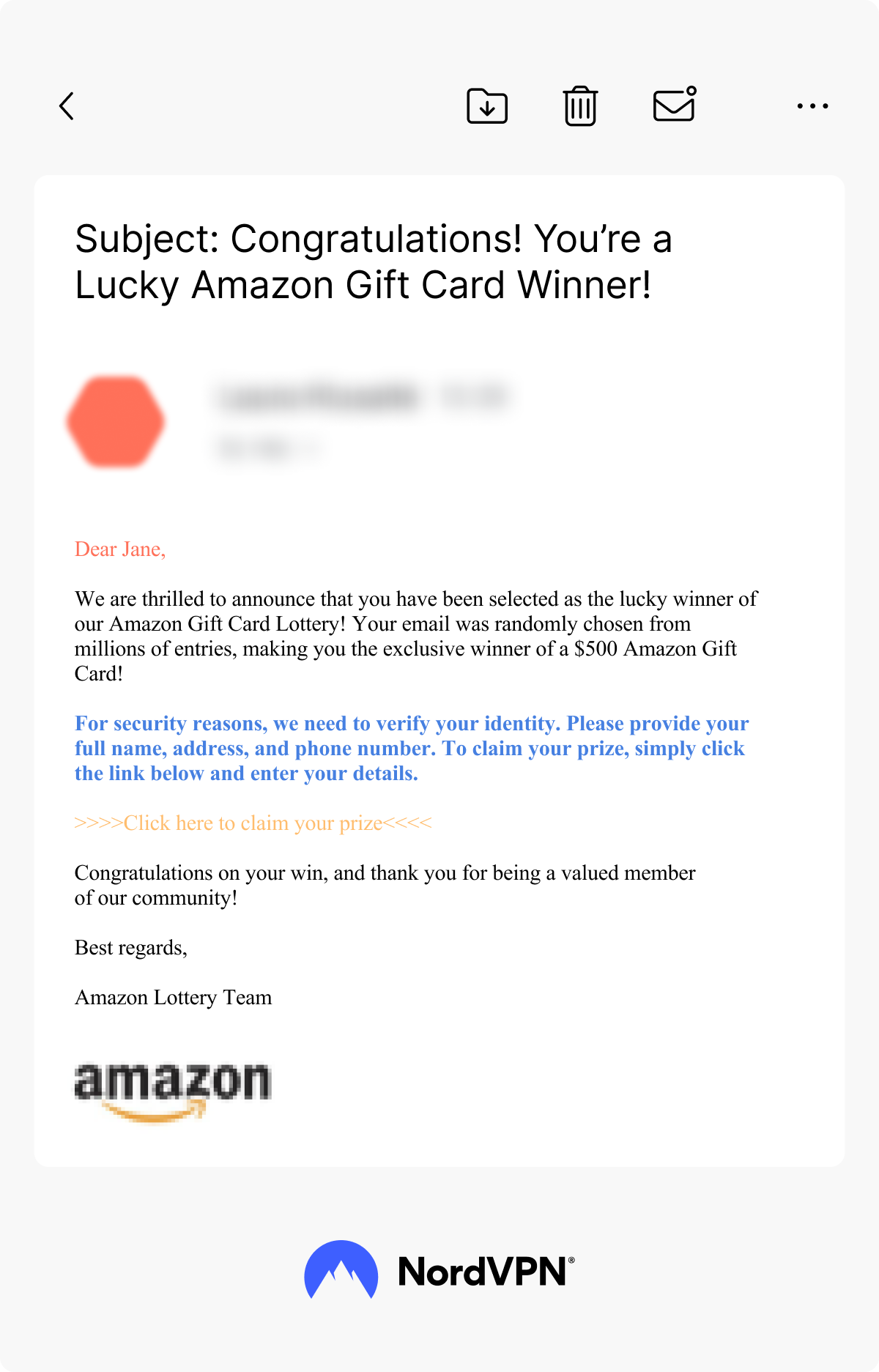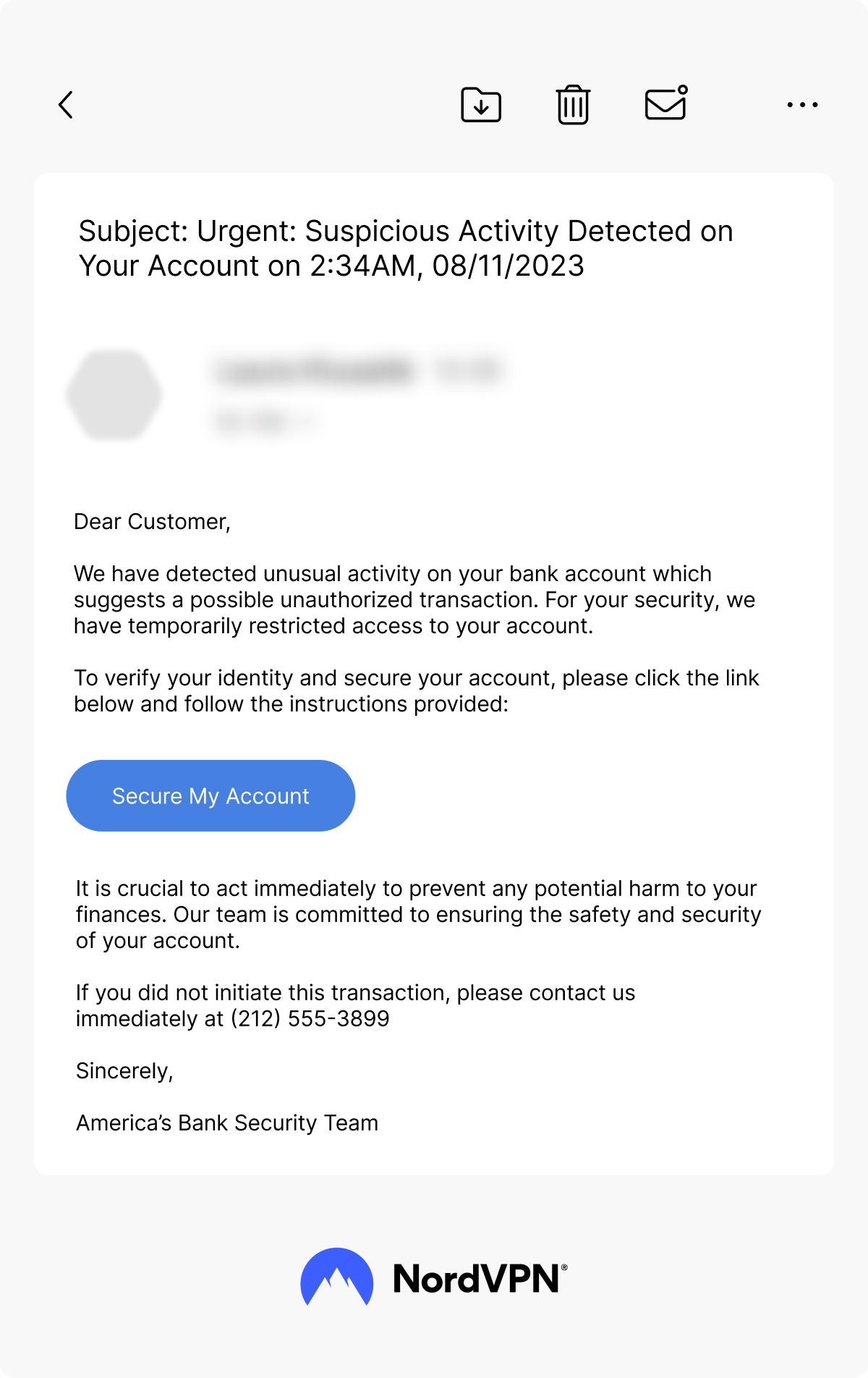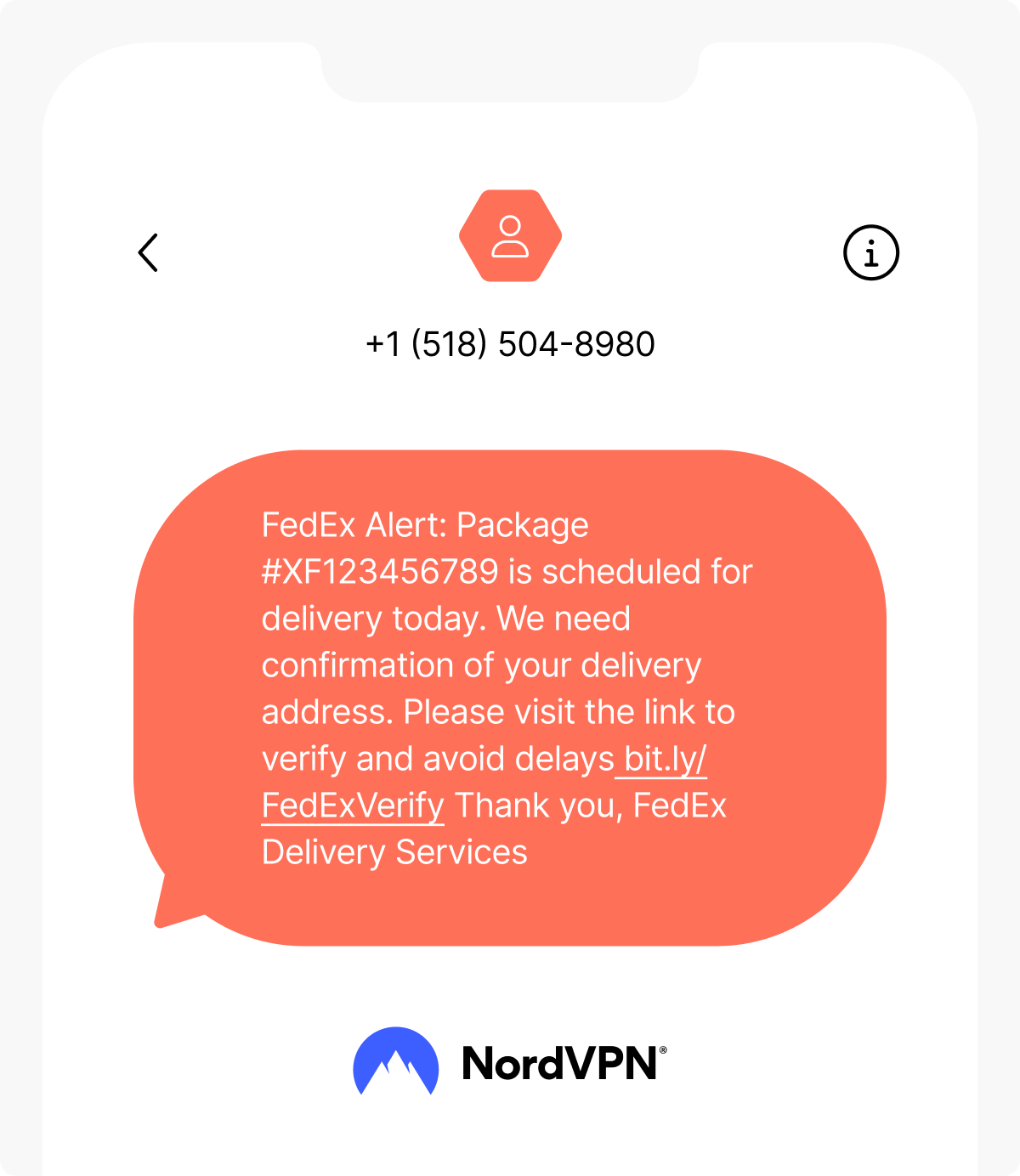What is spam, and how can you protect yourself from it?
Are you fed up with constant spam messages, robocalls, and junk mail? At best, they’re annoying. At worst, they’re dangerous, infecting your device with malware and viruses. So, what is spam? And how can you prevent it?
Contents
What is spam?
Spam, in digital communication, refers to emails, messages, or texts that are unsolicited and sent out en masse. Advertisers use spam emails to push their products and services, hoping that a large reach will result in enough conversions. But it’s also used by hackers to distribute phishing emails and malware, which is where it turns from annoying to dangerous.
The term “spam” is believed to have originated from a 1970s episode of Monty Python’s Flying Circus. In it, a couple is trying to order breakfast, but every item on the menu includes Spam (a brand of canned meat). At one point, a group of Vikings starts singing a song, which repeatedly includes the word “spam,” drowning out all other conversation.
This idea of inescapability translated to the digital realm in the early days of the internet. In chat rooms and early online games, people would flood the conversation with nonsensical messages, and this was likened to the repetitive and inescapable nature of the word “spam” in the Monty Python sketch.
Over time, the term “spam” came to be associated with any kind of unwanted, repetitive online content, especially unsolicited emails sent in bulk.

How to identify spam
Identifying spam, whether it’s in the form of emails, text messages, or calls, is crucial in protecting yourself from scams and potential threats. How do you know whether the message is real or if you’re one of the thousands of poor souls who received the same email? Here are some signs you can look out for:
- Unsolicited contact. If you receive a message from an unknown source or without expecting it, especially if it asks for personal information or action, be wary.
- Too good to be true. Offers that seem overly generous or promise something for nothing are often scams. This includes winning lotteries you didn’t enter or offers of large sums of money in exchange for a $50 gift card.
- Urgent or threatening language. Spammers often create a sense of urgency by using threatening language — they want to provoke immediate action. Phrases like “act now,” “urgent response needed,” or “your account will be terminated” are their favorites.
- Request for personal information. Legitimate companies will never ask for sensitive information through email or text messages.
- Generic greetings. Spam messages often contain generic phrases like “Dear customer” or “Dear [email address]” instead of your actual name or username.
- Poor design and copy. Many spam messages contain noticeable spelling and grammar mistakes and sound like they were written by a robot — because they most likely were. Spam emails rely on numbers, not quality.
- Mismatched URLs. Hover over any links in the email (without clicking) to see if the URL matches the text or the sender’s supposed website. Mismatched URLs are a huge red flag — never click on them.
What types of spam are there?
Spam is ever-evolving and has taken on many forms. Let’s explore some of the most common types of spam that you might encounter in your daily digital life.
Email spoofing
Email spoofing is sending emails with a forged sender address. They often appear to come from someone you know or trust — like your bank, popular clothing brand, or your boss. The purpose of these scams can range from stealing personal information to spreading malware. Email spoofing can be particularly dangerous because it exploits your inherent trust and, if enough effort is put into it, doesn’t have any signs of a traditional scam.
Malware spam
Malware spam, or malspam, is a type of email spam that’s used to distribute malware. These emails typically include attachments or links that, once clicked, will download malicious software on your device. It’s still the most effective and popular way to deliver malware, from spyware to ransomware and sophisticated viruses.
Spam texts and calls
Spam has transcended beyond emails to plague our phones too. Spam text messages and calls often include unsolicited promotions, fake warnings, or phishing scams. These can be not only annoying but also potentially dangerous if they’re part of a larger attack meant to steal your money or data.
Sweepstakes winners
Emails or messages that falsely claim you’ve won a sweepstakes or lottery are also still prevalent. These will most likely ask for some personal information or payment to “release” your prize. It’s a classic trick but still surprisingly effective in duping people out of their money or sensitive data.
Tech support scams
Tech support scams are particularly insidious. Scammers will pose as tech support representatives from companies like Apple or Microsoft, claiming that your computer has a virus or an issue that needs immediate attention. They ask for remote access to your device or for a payment to “fix” the non-existent problem. Always be wary of unsolicited tech support calls or emails.
Money scams
The infamous “Nigerian prince” scam falls under this category. Money scams often promise large returns for a small upfront investment or ask for help transferring large sums of money, promising a cut in return. These scams play on greed and trust and most likely lead to significant financial losses.
Examples of spam
Here are some examples of what spam emails and texts might look like.
You won the lottery
The fake blurry Amazon logo, default Times New Roman font, and random colors all suggest it’s a spam email, especially if you have never participated in any lottery to begin with.

Suspicious activity on your account
These emails come in the middle of a busy day and are meant to make you panic and act without thinking. Never click on the links in the email — open a new tab and visit your bank account like you always do. Check for any suspicious activity and call your bank directly to make sure everything is fine — and to report the scam.

A package will be delivered
Fake package scams are extremely popular and effective during the holiday season when people order lots of stuff online and forget what will be delivered, when, and by who. Always be wary of text messages from delivery companies that come from random numbers. To be on the safe side, visit the official website and enter the tracking number manually.

Why am I getting spam?
But how do spammers get your details? If you want to protect yourself against these unwanted messages, it’s worth knowing what made you a target in the first place. Spammers need as many working email addresses or phone numbers as they can find. This is known as data harvesting or scraping.
Here are six ways spammers get your email address or phone number:
- Your email address was sold: Some website owners strike deals with spammers to sell their customers’ email addresses. Any revenue made from you is then shared with the owner.
- You signed up for a “free” service: Some products or services are free of charge as long as you provide your email address. Services that offer things like daily quotes or stock alerts often use their subscribers as spam targets.
- It was stolen by a web spider: Spammers use programs called web spiders or harvest bots to find email addresses on websites. If your email address can be seen anywhere on the internet, they can find it.
- It was traded between spammers: Vast lists of email addresses and phone numbers are often traded between spammers, so your details could be in circulation for years.
- Your device was infected with a virus: Spammer viruses scan your computer’s disk drives for email addresses. If you’re connected to a shared network (at work, for example), spammers may be able to intercept traffic between you and others to steal email addresses.
- Your details were leaked: In 2020, 280 million email addresses were leaked from a Microsoft database, and data breach trends aren’t getting any better.
How to stop spam
Here are some things you can do to stop spam and protect your details to avoid getting spammed again:
- Report, don’t delete: Don’t just delete spam emails — report them as spam. Gmail even has a “Report spam” button in the toolbar. Reporting spam helps train filters to detect spam in the future and allows your email client to protect other users.
- Block, don’t unsubscribe: Sometimes, clicking the “Unsubscribe” link will result in malware on your device. Other times, the “Unsubscribe” button is a way to confirm that your email is active. Clicking it will curse you with a second avalanche of spam hell. Instead, select the spam email and block it.
- Use a disposable email address: Create a burner email account to sign up for accounts and services from less trusted or well-known providers. Even if you know for a fact that the company you’re giving your email to is trustworthy, it is still vulnerable to hacks and data breaches.
- Hang up and call the company: Recognizing and blocking robocalls is easy. But what if a spammer used neighbor spoofing to make their number look like it belongs to a real company, like a bank, and is asking you to confirm your card details to “investigate fraudulent activity”? Hang up, call the bank to find out if it’s real, and block the scammer’s number.
- Set up filters on your email: Even though most email providers have spam filters in place and update them regularly, you can also set up your own filters. If there are specific topics that the spam emails you receive all share, add those keywords to your spam filter.
- Don’t overshare: The simplest solution is often the most effective. Stop giving away your email and phone number to every online service or store membership program that asks for it. Be very careful with your data — once it’s out of your hands, it could end up on anybody’s mailing list.
Want to read more like this?
Get the latest news and tips from NordVPN
